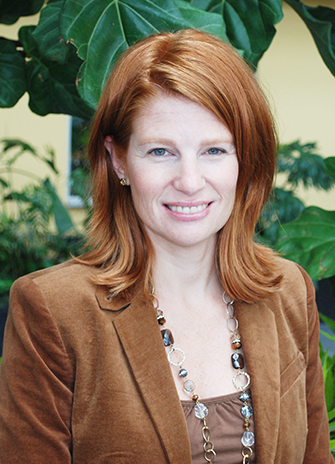
York U Professor Sherry Grace of the Faculty of Health led a panel of international experts that released a statement with recommendations on how cardiac rehabilitation programs can be delivered in developing countries.
Life-saving cardiac rehab programs are not offered in countries where heart disease is the biggest killer, and the panel, convened through the International Council of Cardiovascular Prevention and Rehabilitation, released a statement including recommendations on how all of the key elements of cardiac rehab programs can be delivered at a low cost.
Karam Adawi, a postdoctoral fellow in York U’s Faculty of Health, was the second author on the report.
“All heart patients should be referred to cardiac rehab,” said Grace, a professor in the School of Kinesiology and Health Sciences. “We see in countries like India and China, young cardiac patients die at incredible rates. This is because so few programs are set up in these developing countries.”
Cardiac rehabilitation is an outpatient chronic disease management program, proven to reduce death by over 25 per cent and hospitalization by almost 20 per cent.
The cardiac rehab model of care is quite standard in developed countries, and consists of risk factor assessment and management, exercise training, patient education, as well as dietary and psychosocial counselling. While it is cost-effective to deliver these programs in countries such as Canada, the United Kingdom and United States, the situation in developing countries is different.
“We needed to provide direction on how to deliver all these components in an affordable, but effective way,” said Paul Oh, co-author and medical director of Cardiovascular Prevention and Rehabilitation Program at Toronto Rehabilitation Institute-University Health Network (UHN).
Working together, experts from Canada, China, India, Iran, Singapore, South Africa, the Middle East and South America have published the Consensus Statement that includes specific recommendations for delivering each component, drawing from effective cardiac rehabilitation programs in developed countries and also from their own expertise.
“Health workers who are not medical doctors can play a key role in providing rehabilitation to cardiac patients,” said co-author Aashish Contractor, who heads Rehabilitation and Sports Medicine department at Sir H.N. Reliance Foundation Hospital in Mumbai, India. “A community healthcare worker or nurse can educate and guide patients on making lifestyle changes at a lower cost than a doctor, and there are just too few doctors in these countries.”
In the statement titled Cardiac rehabilitation delivery model for low-resource settings, published in the journal Heart, they also recommend that programs not be delivered in expensive medical settings like hospitals, but in the community. New technologies should also be exploited, because the penetration of mobile phones in these countries is very high.
Grace, who is also a senior scientist at Toronto Rehabilitation Institute-UHN, adds that plans are underway to test the model and its cost in various countries.
“Then, we can advocate for more cardiac rehab delivery, and refine how we deliver it,” she said. “We see new cardiac care units going up in these countries; the wealthy receive high-tech interventions like stents and surgery, but the average heart patient is not able to get the low-tech basics that work well in cardiac rehab.”
The statement by the expert panel has been endorsed by many leading organizations, including the British, Australian and Canadian Associations of Cardiovascular Prevention and Rehabilitation, the World Hypertension League, the African Heart Network, and the Singapore Heart Foundation.


